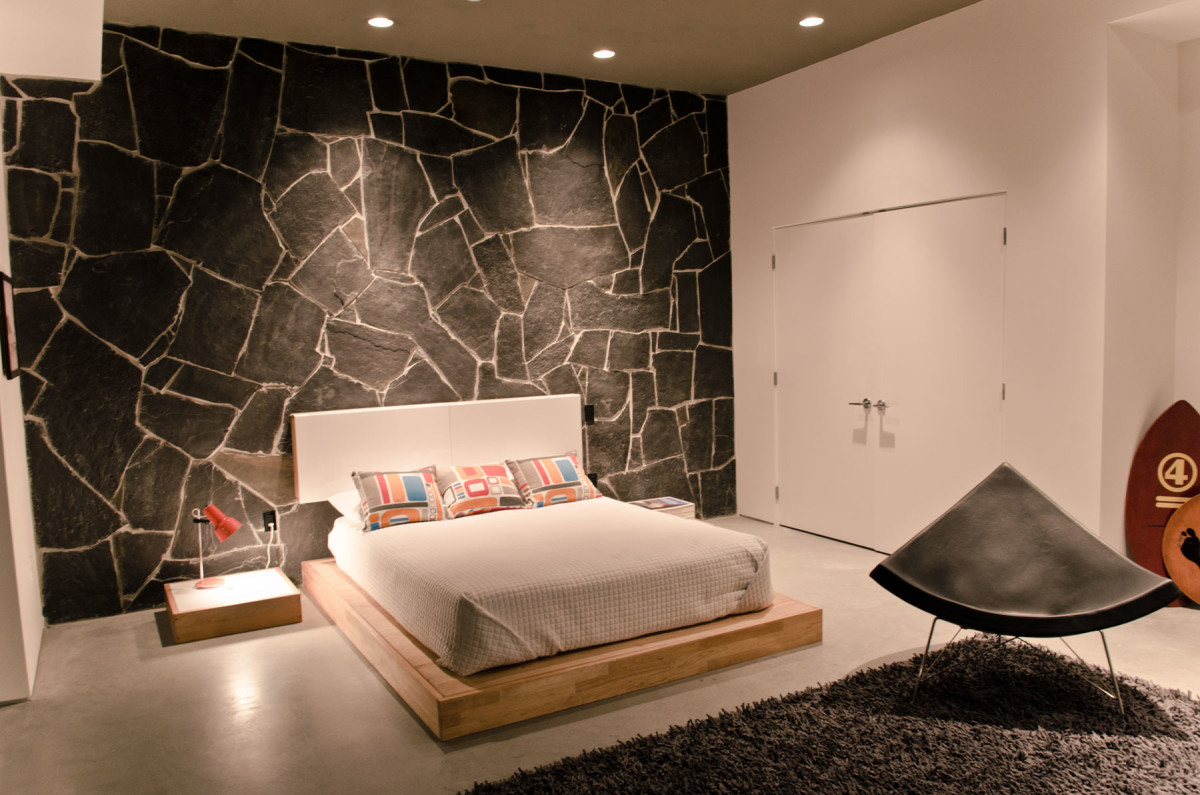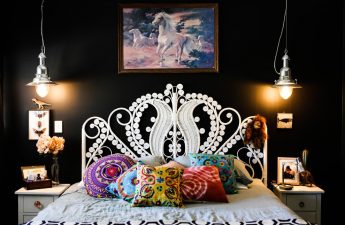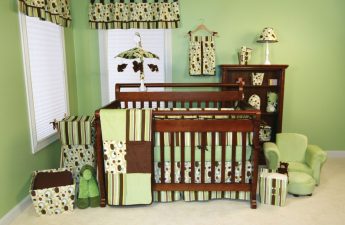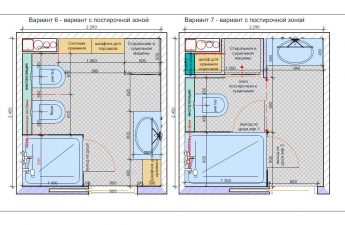Since ancient times, the stone has been used as the mainmaterial for construction and finishing. How to choose it correctly? Does its artificial counterpart have any advantages? What to combine such decor with? The answers to these and other questions are in our article. The recent technological leap has led to the emergence of new construction and finishing materials. Despite this, stone still remains one of the most popular types of finishing of living spaces, moving into the category of fashionable interior "chips". Below we will tell you about the features of choosing a material, current trends and original ideas for using natural and artificial stone in the interior.
Nature vs. Technology. Who Will Win?
Along with natural, it has also received wide applicationnow and artificial stone. In its properties it is identical to its brother, and in some even surpasses it. Thus, it has a significantly lower weight, which when building, say, a country house allows you to avoid laying an additional foundation, and in a city apartment eliminates the need to obtain permission from the relevant authorities. Artificial stone should be used for kitchen work surfaces (stoves or, say, sinks), since it is difficult to remove drops of solidified fat and dirt from natural stone. In this case, the recently popular Corian will be an excellent alternative: it is practical, easy to care for, environmentally friendly and has a long service life. In addition, it is a beautiful and easy to process material. By the way, modern technologies make it possible to imitate any type of natural stone.
Designers' Favorite
The stone, thanks to its enormous potentialhas become one of the favorite materials of designers. The interior with it always turns out to be alive. Despite its seeming inconspicuousness, it always accentuates attention, taking on the role of a dominant decorative element. For example, granite, marble, quartz or their imitation are perfect for a classic living room in a neutral color scheme. Such a solution will give the house additional solidity and reliability. As is known, the texture of the stone can be varied: from smooth and polished (marble) to ribbed, with protrusions (limestone and slate). Preserving its grandeur and steadfastness, the stone brings a natural element to the interior, evoking the beauty of mountain landscapes and serene tranquility. The scope of its application in the interior is very wide: this is floor finishing, wall and column cladding, decorative panels in the living room, composed of different fragments, as well as sinks and bathroom bowls. By the way, the stone will also help to disguise technical communications, turning, for example, a trivial ventilation duct into an exquisite interior element. Stone is a versatile material, howeverwhen decorating a living space, it should be used with caution. Since it usually plays a dominant role in the interior, it will “take root” best in calm, neutral rooms. If there is a bright detail in the interior, for example, a fragment of a wall of a rich color, then the stone visually “dissolves” (although, on the contrary, a feeling of excessive overload may arise). At the same time, it combines perfectly with other natural elements, including wood, and even with a picturesque view from the window. In other words, stone is indispensable for styles such as eco-minimalism, country and classic.
Stone is a versatile material, howeverwhen decorating a living space, it should be used with caution. Since it usually plays a dominant role in the interior, it will “take root” best in calm, neutral rooms. If there is a bright detail in the interior, for example, a fragment of a wall of a rich color, then the stone visually “dissolves” (although, on the contrary, a feeling of excessive overload may arise). At the same time, it combines perfectly with other natural elements, including wood, and even with a picturesque view from the window. In other words, stone is indispensable for styles such as eco-minimalism, country and classic.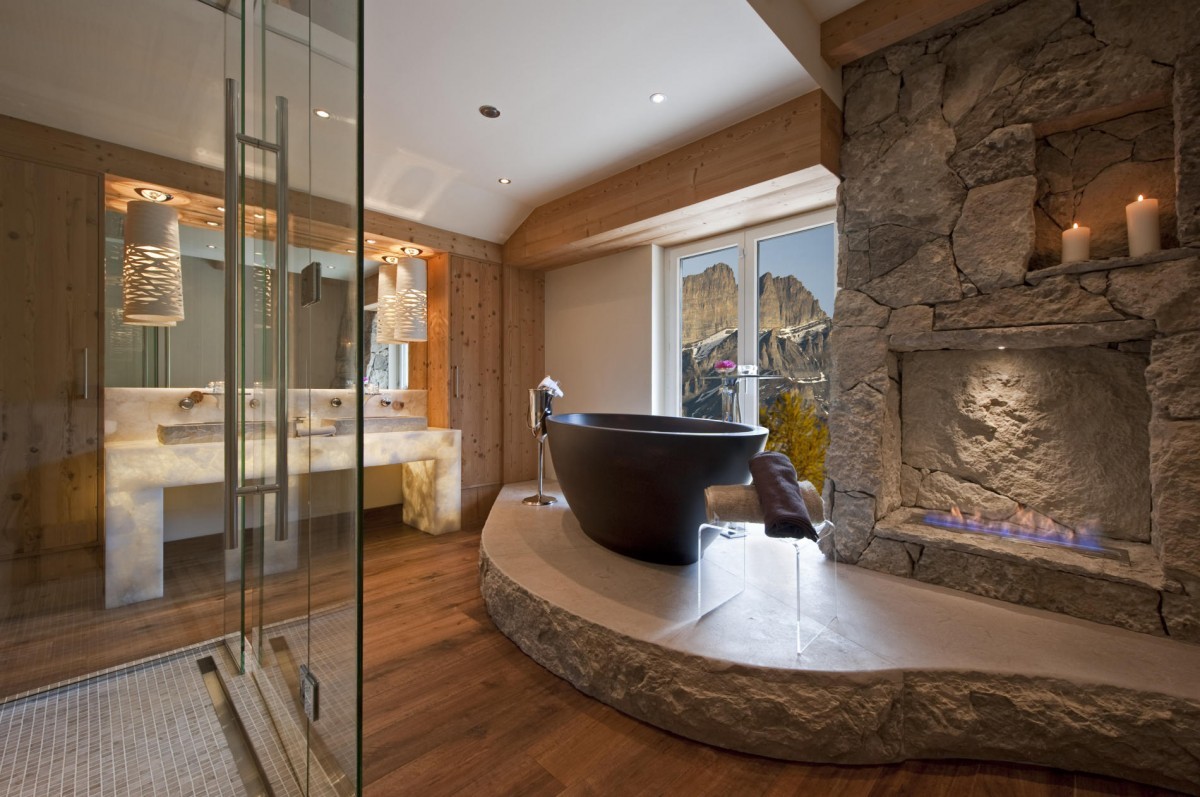
Wood and stone are a wonderful combination
Let's take a closer look at the choice of colorssolutions. Thus, light and warm shades of stone are recommended for northern and dark rooms: this will add light and “warm up” the atmosphere, and the space itself will become cozier and more harmonious. The ideal addition in this case will be a warm color scheme and furniture made of natural wood. In rooms facing the south, bright sunlight prevails, and this allows you to use dark and cold stone tones in the decor. This material brings an element of brutality to the interior. Therefore, in order not to destroy the sophistication of the interior image, it is worth abandoning such experiments for those who prefer the elegant romanticism of Rococo or the soft character of Provence.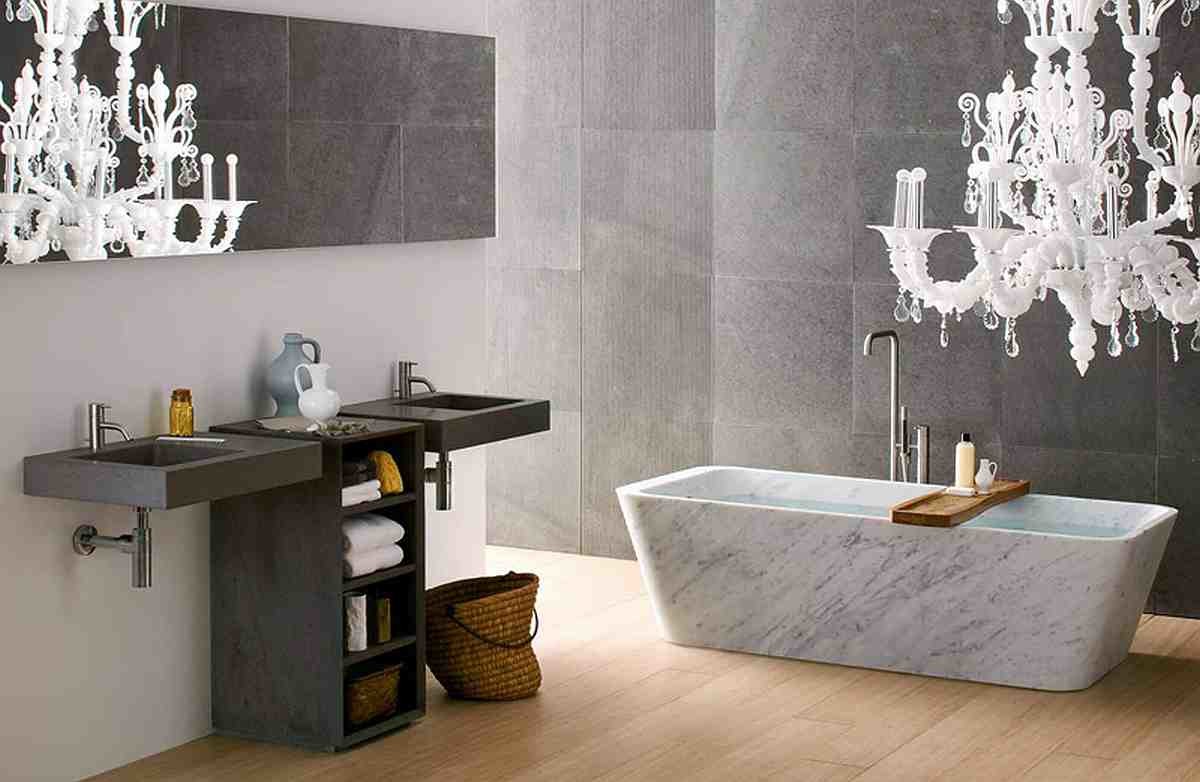 Finally, arm yourself with a few techniques.For example, the gloomy tone of dark gray, greenish and earthy types of stone can spoil the impression of even the brightest room, so only a fragment of the wall should be decorated with such material (which will add an interesting contrast), and the remaining part can be painted or wallpapered. At the same time, the light and close to gray color of the stone should be combined with a warm range of shades - from beige to golden brown.
Finally, arm yourself with a few techniques.For example, the gloomy tone of dark gray, greenish and earthy types of stone can spoil the impression of even the brightest room, so only a fragment of the wall should be decorated with such material (which will add an interesting contrast), and the remaining part can be painted or wallpapered. At the same time, the light and close to gray color of the stone should be combined with a warm range of shades - from beige to golden brown.